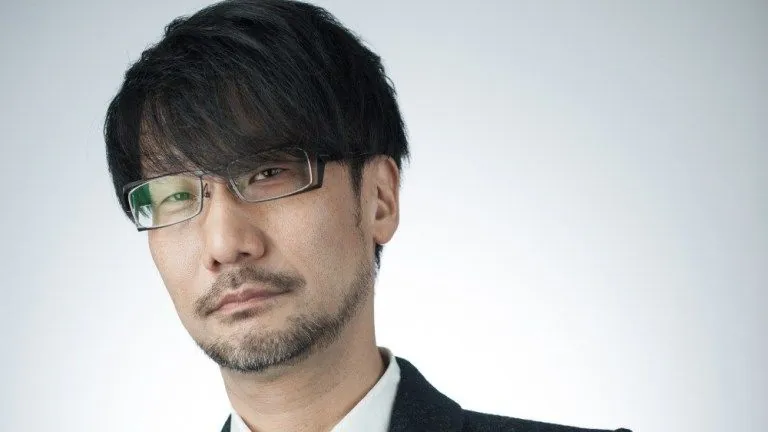
The fabled game designer. The man, the myth, the legend behind the game. An inspiration to young creatives who wish to one day work in the games industry. But really, what does a game designer actually do? And how do you become one?
Let’s get one common misconception out of the way first: Game designers are not “idea guys”. Sure, they come up with ideas which often translate into features, but 99% of their job seeing to their realization in agonizing detail. You certainly won’t be sitting in the “idea circle” pitching “A Zombie Survival Shooter RPG” and patting yourself on the back before going home.
Instead, you’ll spend three hours deciding if the cooldown of a double-jump mechanic with a height of 400/200 units, velocity of 550 units/s and stamina cost of 30 should be 2.5 or 3 seconds. And if you’re unlucky, you’ll get hate mail from angry gamers whose main you just nerfed when the patch hits.
The Basics of Game Design
Game designers are responsible for the rules, systems, mechanics and content of a video game. They work in teams and are often divided into specializations such as system design, level design or game balance.
While I perceive game design to be more of an art than an exact science, it’s still in the domain of software development and you’ll be using standardized applications for the most part. Here are some I’ve come across:
- Spreadsheet of choice such as Excel or Google Sheets
- Documentation tool such as Word, a wiki or pen & paper
- Game engine such as Unreal or Unity
- Version control such as Git or Perforce
- Scripting Language such as Python or Lua
- An in-house level editor such as Hammer Editor or Fallout Creation Kit
You’ll likely start out as an intern or junior designer in the games industry. A degree in game design or software engineering are a plus, but the quantity and quality of projects you have in your portfolio carry a much higher significance. Having coding knowledge or writing skills helps you set yourself apart from raw designers, and if you’ve shipped an actual game or app before you’re already well ahead of the competition. More on this later.
Having played games and being into games should be a given – this is not a skill.
The 5 Stages of Grief Game Development
Video games, like any other piece of software, go through distinct phases during their development and the game designer’s job changes accordingly. Keep in mind that methodologies and philosophies differ from place to place, so even a general overview like this may not apply to every production out there.
1. PRE PRODUCTION
After sitting through game pitches, meetings and shower thoughts, higher-ups will decide on the genre, budget, scope, target audience and rough release date for the next game. A small team is then tasked with creating a prototype.
Your job here will be to conceptualize and actualize the core gameplay. Think taking the idea of “flying around with cars to hit a ball” or “free-for-all shooter where the map gets smaller over time” to a playable stage where you can clearly see why it is fun.
This prototype highlights the core mechanics, the look and feel of the game as well its commercial viability. It should also shed some more light on the actual work required to develop the title. Most importantly though, it has to convince management. For a more detailed view on prototyping, check out this article.
2. FULL STEAM AHEAD
After the prototype gets approved and funding is secured, the project will move into full production with the appropriate amount of personnel assigned to it. As alluded to previously, game design has a lot of specializations which I’ll try to break down here.
SYSTEMS DESIGN
Systems design refers to the conceptualization and design of entire game systems, such as the combat system in Overwatch, the crafting mechanic in Minecraft or the leveling system in World of Warcraft. You’re also responsible for documenting said system in extreme detail, so that everyone who has to work on it knows exactly what to do. This is commonly done in a Game Design Document.
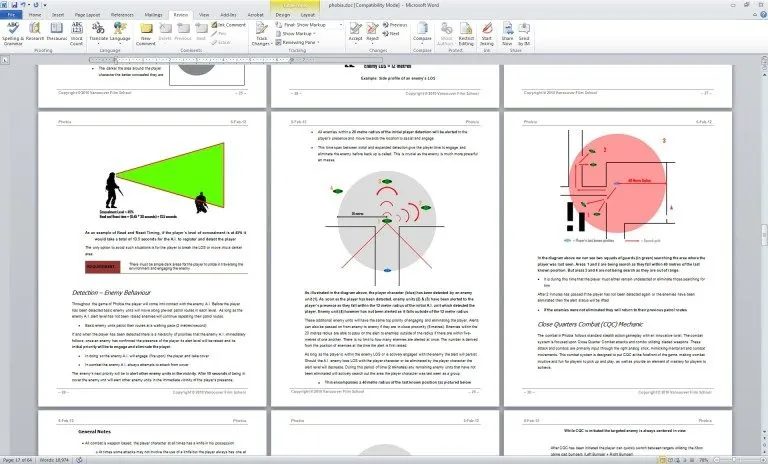
Systems designers also decide how their system will interact with other game systems and set the basis for what game mechanics and features can be designed around it. Due to the scope and importance of systems like this, it’s a job most often left for more senior game designers.
FEATURE DESIGN
Feature design refers to the design of smaller, standalone features such as a daily login bonus or guild house customization and will see you touch on a variety of features rather than a specific system like the systems designer.
Feature design is usually not a comprehensive enough specialization to be a job in itself, so when you see a job listing for a “Game Designer” it often refers to feature design with the expectation that you will also do general purpose game design, like play testing and balancing for example.
LEVEL DESIGN
As an entry level game designer you’ll likely work on content for existing systems, such as creating a set of healing items or designing skills for a character. The most common type of content design is level design, which involves mapping out the playable area and sprinkling it with cover, obstacles and other doodads.
Next up is scripting – the act of placing triggers inside the level which make it move forward. An example would be making a door open when the player is carrying a keycard and having enemies spawn when they move through it.
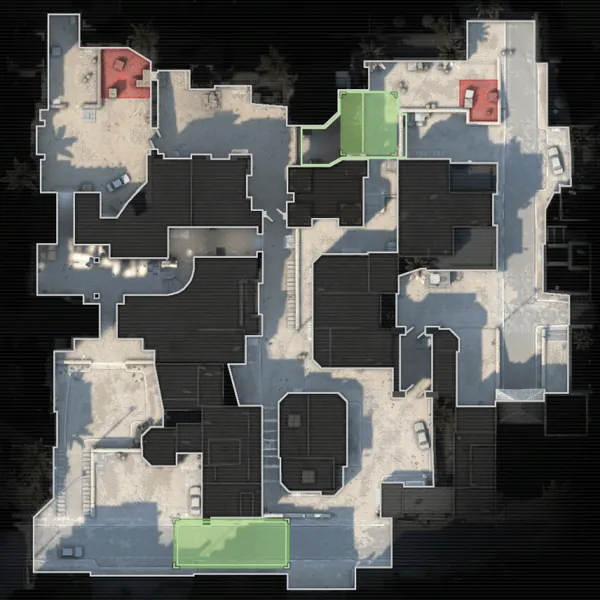
Certain companies may refer to this as Quest or Mission design, where you will also be responsible for the writing and narrative context of the level – say a side quest in Witcher 3.
GAME BALANCE
Whether we specialize in it or not, we’ll all have to do this one day. Balancing a game is an iterative process and involves a lot of number crunching which is usually done via spreadsheets.
Players who purchase “Big Ass Sword” as their second item have a 62% winrate in arena mode. Why is that? What ranking bracket does it affect? What do we need to tweak? Will this have unintended side-effects?
Decent math skills are required for this, and you need to be able to read and correctly interpret raw data from analytics. An understanding of high level play is also important, especially if your game has a competitive scene built around it.
UX DESIGN
This is an aspect handled often handled by the UI designer, but you’ll be expected to do at least some basic wireframes here and there. This means sketching out the menus, buttons and user flow that the player will go through while interacting with your feature.
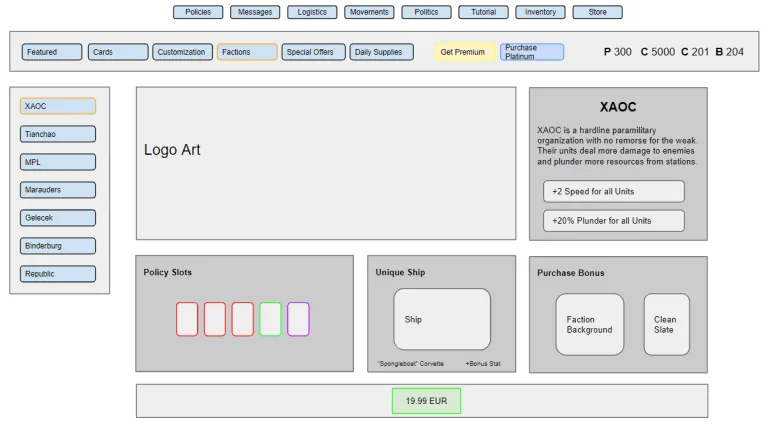
Good systems can fall apart due to bad UX, and being able to not only spot minor annoyances but also identify solutions is a great skill to have. Images are also a lot simpler to understand than a paragraph listing technical steps, so try to make it a habit to visually represent your designs whenever possible.
MONETIZATION DESIGN
Designing a cool feature and thinking of how to monetize it afterwards won’t work. What you monetize, why people would spend money on it and how you avoid community backlash has to be an integral part of the design from the start.
This is where the monetization designer comes in, who will conceptualize new systems and optimize existing ones alongside the designers responsible for the game’s progression system and economy.
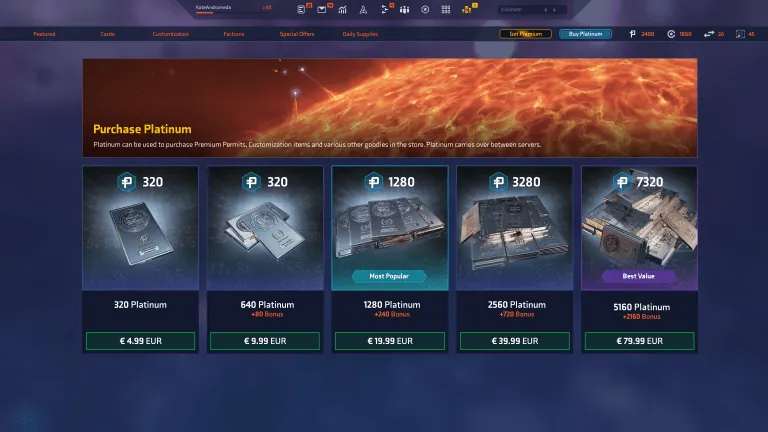
A good grasp on numbers and being able to interpret analytics is paramount, as you’ll be constantly monitoring KPIs and adjust price points, drop rates and events to further optimize the performance of your systems.
You may have apprehensions about certain monetization practices, but try your best to stay on top of new trends in this field, especially if you’re going to work in the mobile games sector.
GAME WRITING*
While you may be able to write a few lines of dialog here and there, most games have a team of dedicated writers who own the script and work with the design leads to tie it to the game, making adjustments whenever needed.
This workflow doesn’t always work out though, and can result in ludonarrative dissonance when players get slapped in the cutscene after one-shotting the final boss two seconds prior.
To combat this, certain companies have started to adopt *narrative designers, which are game designers responsible for incorporating the game’s narrative directly into the gameplay. This is a highly specialized and sought after senior position requiring years of experience in both fields, so don’t expect to have this title on your resume any time soon.
3. CHASING MILESTONES
Unfortunately, developers can’t just go into a cave for 3 years until the game is done. Publishers often set out milestones which the studio has to reach in order to get paid, such as “vehicle physics done” or “working player camera”.
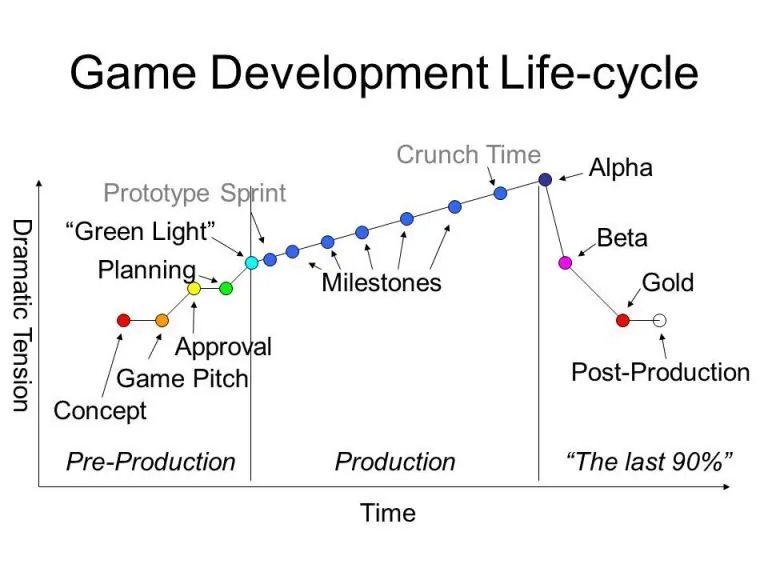
These milestones usually dictate what concretely the team should work on next, and serve as mini-deadlines within the actual deadline. Sometimes you’ll also get pulled aside to create a trailer for an event or having a playable demo ready for a convention.
4. POLISHING
This is the final phase in a game’s production, and almost no new content will be added during this stage. The focus is instead shifted to removing redundant clicks in the UI, ironing out odd difficulty spikes, wrapping up the tutorial and addressing feedback from Quality Assurance. This work often continues after the game goes gold in the form of a day 1 patch, as it takes time to print, certify, and finally ship the game.
The ninety-ninety rule absolutely applies to game development as well, and taking your game from good to great can be an agonizingly slow process. It’s extremely important though: When this step is skipped, you end up with a game like S.T.A.L.K.E.R. or Mount & Blade. Good games, but not very usable and thoroughly janky.
5. POST RELEASE
Most games today are supported well beyond their release via DLC and balance patches. Working on a content update like this is just like working on a very small game – you’ll go through all the same steps.
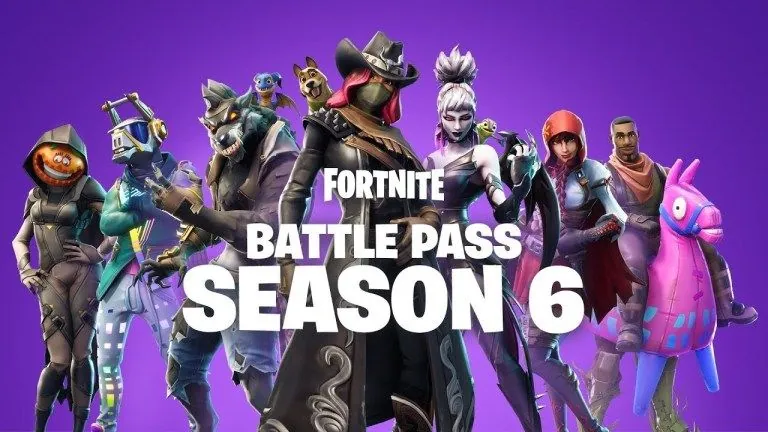
Live games take this a step further and often have a dedicated LiveOps team, which is responsible for keeping the game alive and profitable for as long as possible. This means planning in-game events, adding new content or nurturing the competitive scene.
If you’re not on the LiveOps team and you haven’t been laid off by this point, it’s time to move on to the next title.
Recommendations
If you’re an aspiring game designer, here are some things that helped me out when I was in your shoes. But just like I mentioned in my previous post, these are personal anecdotes and not representative of everyone, so make sure to read up on the experience of others.
HAVE A PORTFOLIO
- Your game design degree means jack shit. There will be hundreds more with the exact same degree wanting the exact same job. You have to stand out in another way. Finish a quality project.
- Give 110% when working on game projects during school. It will be what matters most when a potential employer compares you to a classmate. Finish a quality project.
- If you don’t have the opportunity to do student projects, make games by yourself. I started out in RPG Maker and moved up to Unreal. Board games count too. Finish a quality project.
- Go ham in a level editor, make a mod or write an essay deconstructing a game mechanic. You want to demonstrate a wide range of knowledge with a good amount of depth to it. Finish a quality project.
- Teach yourself basic coding. This will allow you to create prototypes by yourself and participate in game jams by not being a complete dead weight. Finish a quality project.
- Before I forget: Finish a quality project.
BE COOL
- You have to be a strong communicator. Apart from being diplomatic, learn how to write clear, concise text that can be understood by outsiders and make it a habit to write down whatever you’re thinking about regularly.
- It’s good to have some ego about your designs, but you must to be able to let go. If you can’t handle the thought of having your ideas torn to shreds by a dozen other people, this job is not for you.
- It’s paramount that you expand your horizon to stay competitive in the games industry. You’ll likely work on different projects in different positions in your career, so read up on trends and play games you’re not normally into.
- You probably have strong opinions and maybe you made fun of games, companies and developers in a comment section before. Don’t do that in front of people working in the industry – you’ll burn bridges.
- Don’t be a “Gamer” with a capital G.
GET IN TOUCH
- Make a portfolio website with your projects, bio, CV and an optional blog if you can write professional, insightful posts on a regular basis. You can shitpost like me once you make it in.
- Make a nice business card, print out multiple copies of your CV and visit some conventions. Talks are mostly useless, so spend time chatting with the HR people who likely have a recruitment booth around.
- Start growing your network today by setting up a LinkedIn profile and adding classmates as well as new people in the industry you come across. Having a point of contact will come in incredibly useful one day.
- Get in touch with actual game designers and ask for feedback about your projects and resume. We can also refer you to the proper recruiter within the company so you’re not starting your cover letter with “To whom it may concern.”
- I can’t speak for the internships in the states, but they’re well worth in here in Europe. It sets you apart from other graduates, counts as experience on your resume and the chances of getting a permanent job are decent.
- Keep your expectations in check. Getting a job as a raw designer is hard, and the chances of you getting a specialized senior position like narrative designer fresh out of school are nonexistent.
- AAA developers are highly organized, and you’ll likely end up working on a very specific thing in a very specific manner. Job security is decent, and the game will carry weight on your resume.
- Startups on the other hand are high-risk high-reward: They offer you a lot more influence on the project, pay less, tend to run out of money and often suffer from a chaotic workflow. Don’t pick up bad habits here.
Closing Thoughts
I hope this post was able to give you a better understanding of what a game designer does. I can only speak for myself, but game design is a highly rewarding creative experience akin to setting up a scene for a movie or writing a stage play. Plus, having shipped an actual video game does allow you to humblebrag here and there. But be prepared to work hard – this is a job a lot of people want and you have to stand out to get it. Good luck!
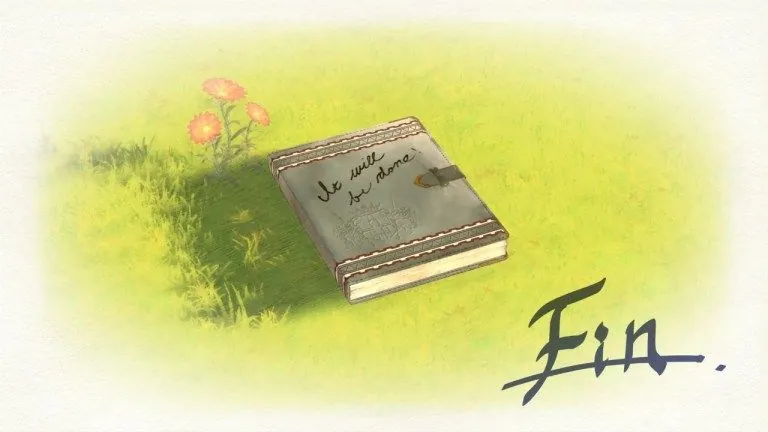
---
Kai Wüest is a game producer currently freezing in Iceland working on a game called Starborne: Sovereign Space. Check out his blog over at kreidenwerk.com to find more articles like this and see what he's up to next.
Note: This article was originally published on the author's blog, and is reproduced here with kind permission.





Watch Anthem if you don't like to play. This is a game without any problems with players. It is doesn't matter how much it cost in the shop cause for me it's too less, but some people like more to play this title than buying bread for breakfast. I believe in you (also, big company).